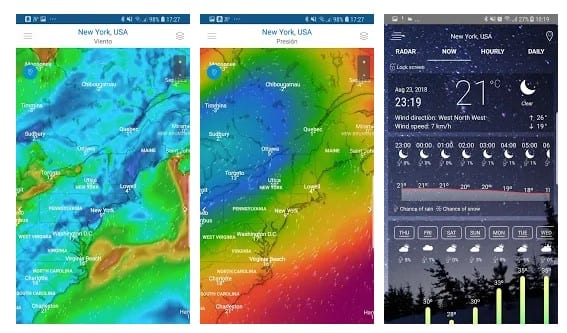


FASTEST DELIVERYIs there a way around the amazon QR for FTID. AFFORDABLE SERVICES We offer one of the cheapest services so you can maximize your profits. You request a return, send us the label, and we take care of the rest.

Cheap, Reliable, With 24/7 Support and 100% customer satisfaction. (10-21-2021, 02:04 AM) mothered Wrote: This Is a prime example of why the so-called FTID method should not be used.Firm Designated ID (FDID) is defined in Section 1.1 of the CAT NMS Plan as " (1) a unique and persistent identifier for each trading account designated by Industry Members for purposes of providing data to the Central Repository, provided, however, such identifier may not be the account number for such trading account if the trading account is …FTID.CC No.1 Ftid Service, High quality Edits and dropoffs. The same idea applies to the precipitation normal values, except enhanced odds forĪbove- (below-) normal precipitation values are green (brown).I changed the destination address and removed all other identifiable details including the UPS specific qr code. If the selected point is within an area of enhanced odds forīelow-normal temperatures, the shading around the normal maximum/minimum temperature will appear blue. If the selected point is withinĪn area of enhanced odds for above-normal temperatures, the shading around the normal maximum/minimum temperature will appear red. The color used to highlight the normal values (precipitation or maximum/minimum temperature) are used to delineate the category of the forecast at the point clicked. What does the highlighting around the normal precipitation or normal maximum/minimum temperature imply?

What color scheme is used? The color scheme follows that of the static images for the 6-10 day forecasts and 8-14 day forecasts. Intervening values are linearly interpolated, combined with data from the COOP, and averaged over the 5-day period to createĪverage maximum/minimum temperature normals. For temperatures, monthly average maximum/minimum temperatures are assigned to theġ5th of the current month and subsequent month. These values are then summed over the 5-day period to create total precipitation normals. PRISM data are inherently available as monthly values.įor precipitation, daily average values are calculated (Monthly Total/Number of Days in Month) and combined with data from the Cooperative Observer Network (COOP). PRISM (Parameter-elevation Regressions on Independent Slopes Model) normals are used in this display. Many thanks to the staff there for developing the prototype and assisting in the transition to CPC.įAQ What climatologies are used in this display? This webpage was developed in conjunction with the Weather Forecast Office in Pendleton, Oregon (WFO PDT).


 0 kommentar(er)
0 kommentar(er)
